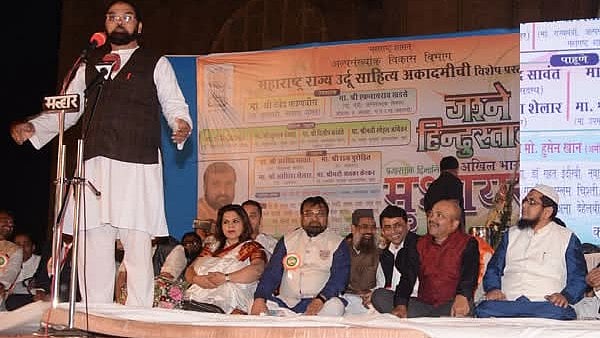Indore (Madhya Pradesh): Highly toxic methyl isocyanate (MIC) gas had leaked from the Union Carbide pesticide factory in Bhopal on the intervening night of December 2-3, 1984, killing 5,479 persons and leaving thousands of others with serious, long-term health issues.
It is widely acknowledged as the world's worst industrial disaster.
1. Why did Union Carbide fail to dispose of the waste between 1969 and 1984, when it was being generated?
2. While reports identify the chemicals in the waste, what is their precise composition?
3. What will be the composition of gases or ash generated during and after incineration?

Waste disposal to take six months Swatantra Kumar Singh, director of the Gas Relief and Rehabilitation Department, stated that the incineration process is being monitored by the Madhya Pradesh Pollution Control Board (MPPCB) and the Central Pollution Control Board (CPCB). He estimated that burning the 337 tons of waste could take three to six months.
Transport and arrival of waste
The hazardous waste from the Union Carbide factory in Bhopal began its journey to Pithampur 40 years after the Bhopal gas tragedy. The waste travelled 250 kilometres in about eight hours, navigating dense fog to reach its destination via the Indore Bypass around 2:40 PM.
It was transported at around 9 pm on Wednesday in 12 sealed container trucks via a 'green corridor' from Bhopal to Pithampur. Amid tight security, the vehicles reached around 4.30 am on Thursday at a factory in Pithampur where the waste will be disposed of.

What’s there in the waste
As per the officials, the waste includes
Soil: The soil along with the scattered waste on the factory campus
Reactor Residue: Residue from the pesticide reactors in the factory
Sevin Residue: Sevin, a type of pesticide, was manufactured in the factory. The leftover material from its production
Napthol Residue: Napthol, which was used to manufacture the gas at the Union Carbide plant Semi-Processed Pesticides: Chemical residue during the process of manufacturing pesticides










